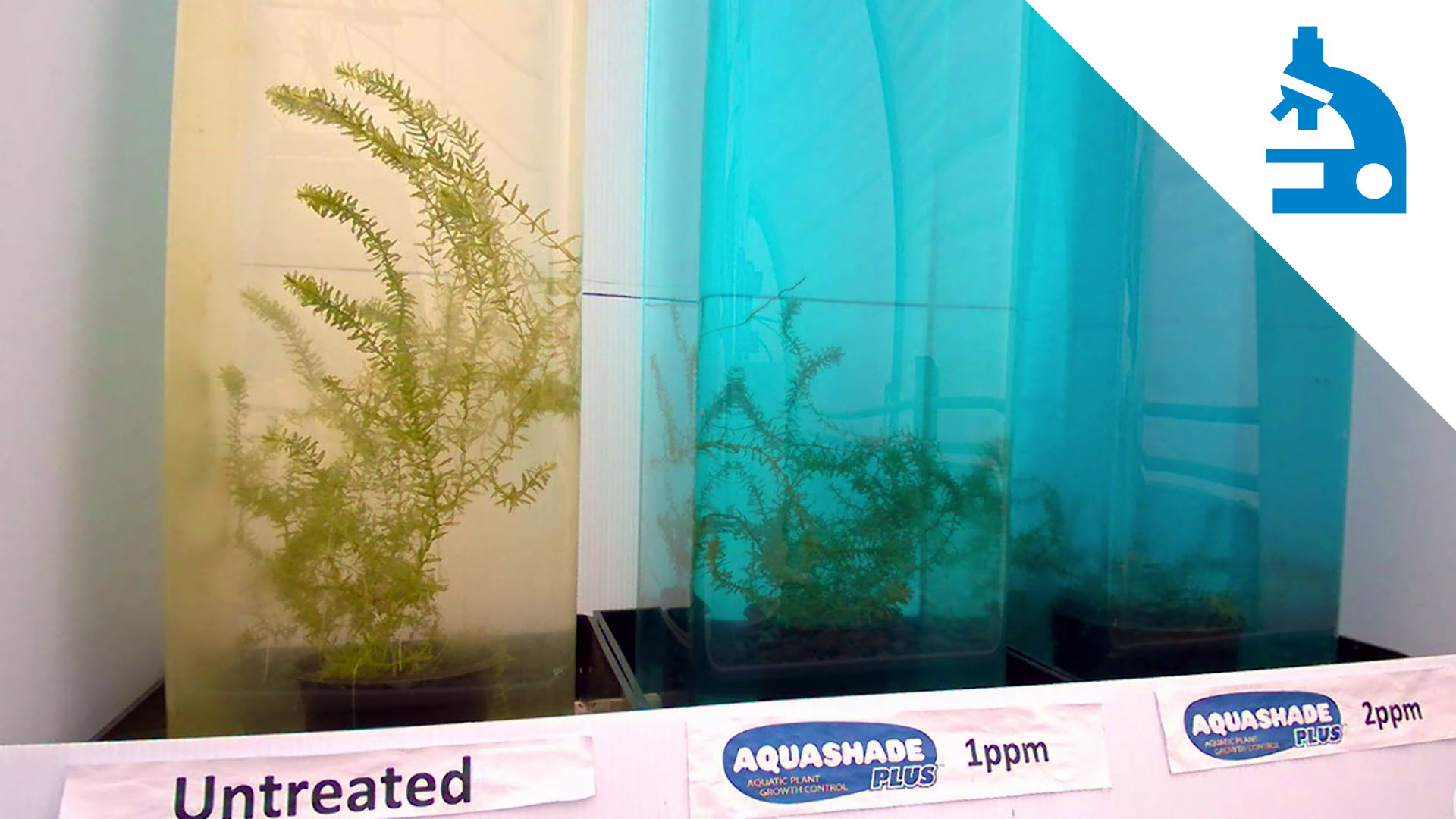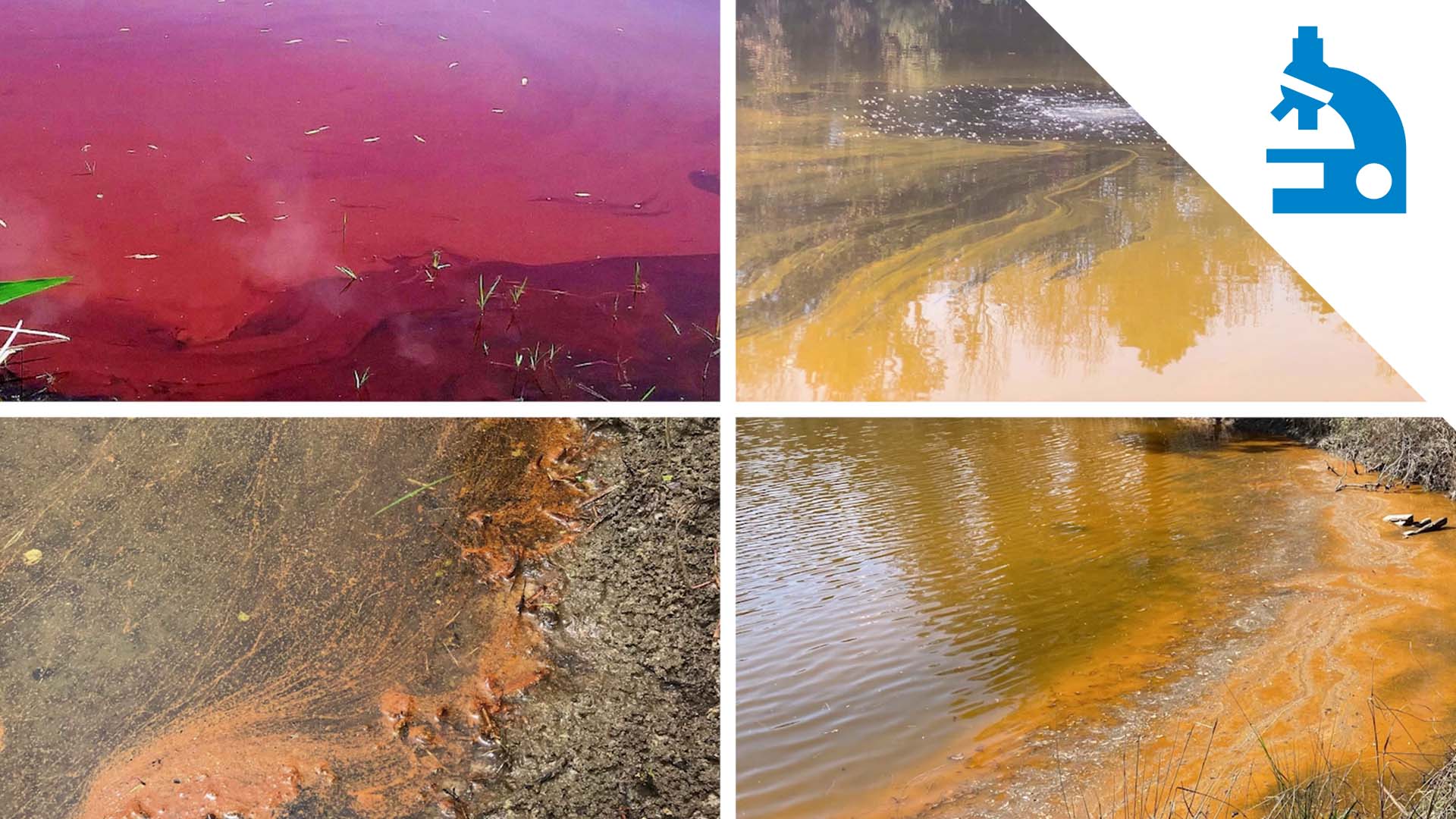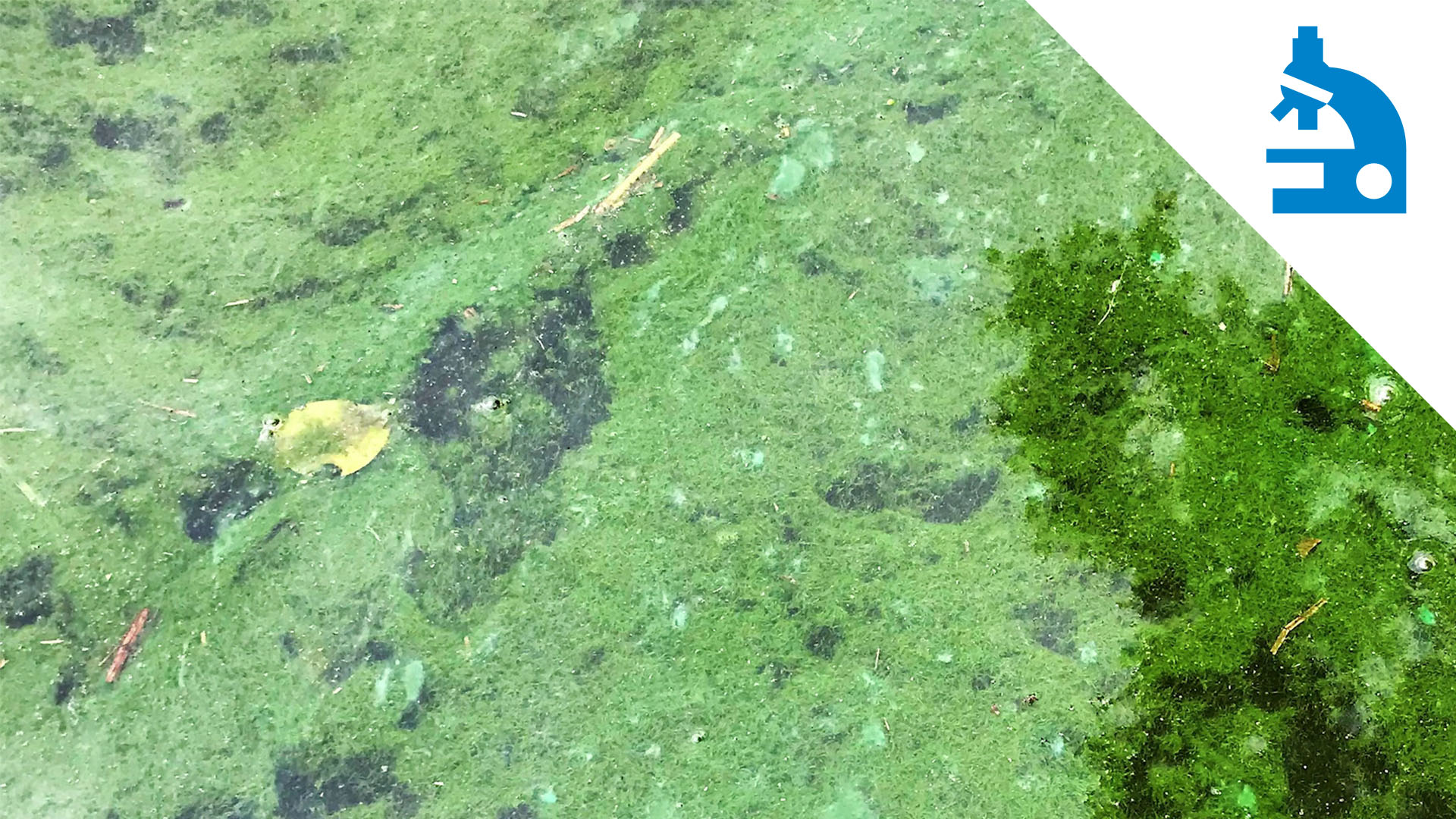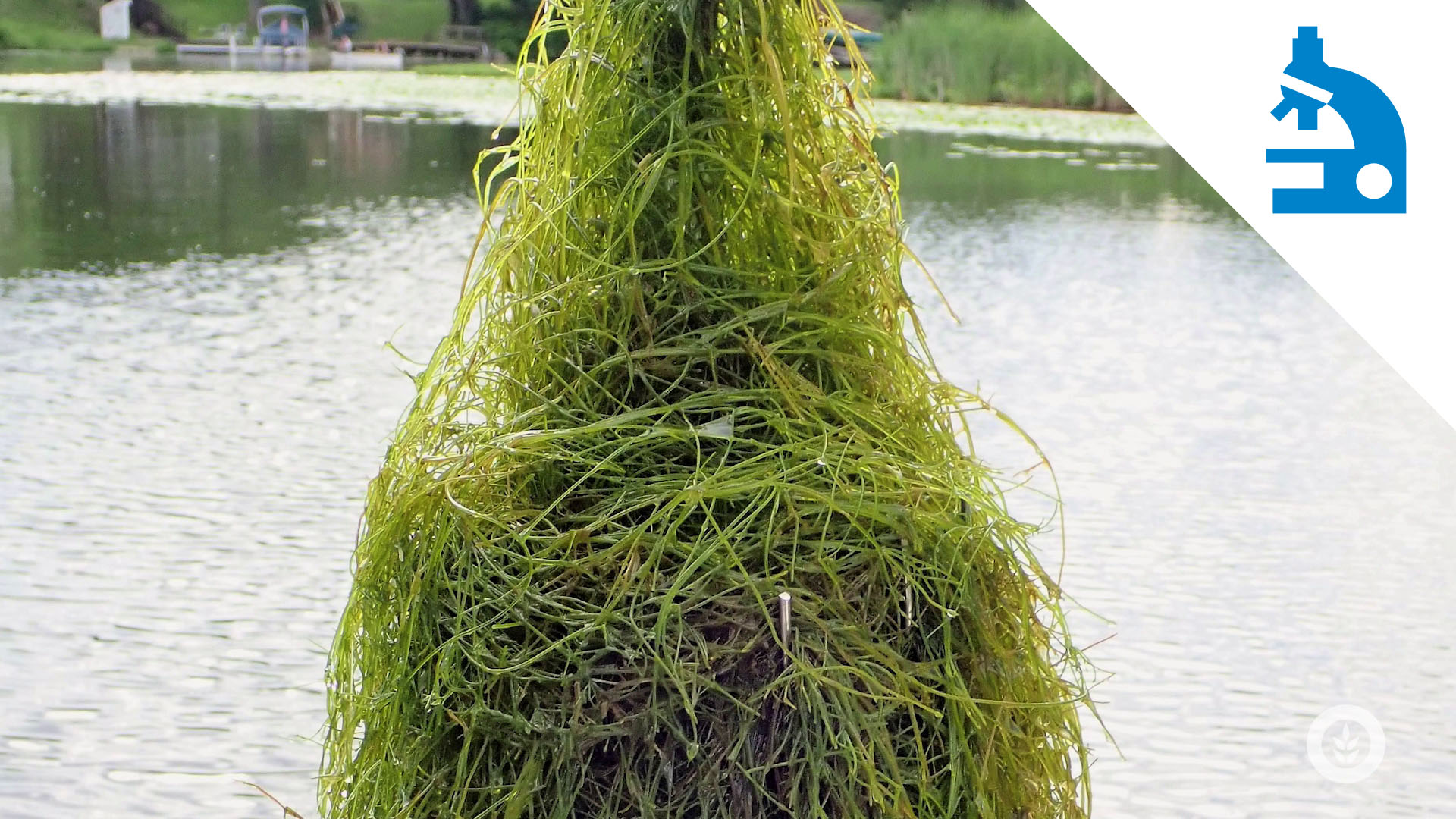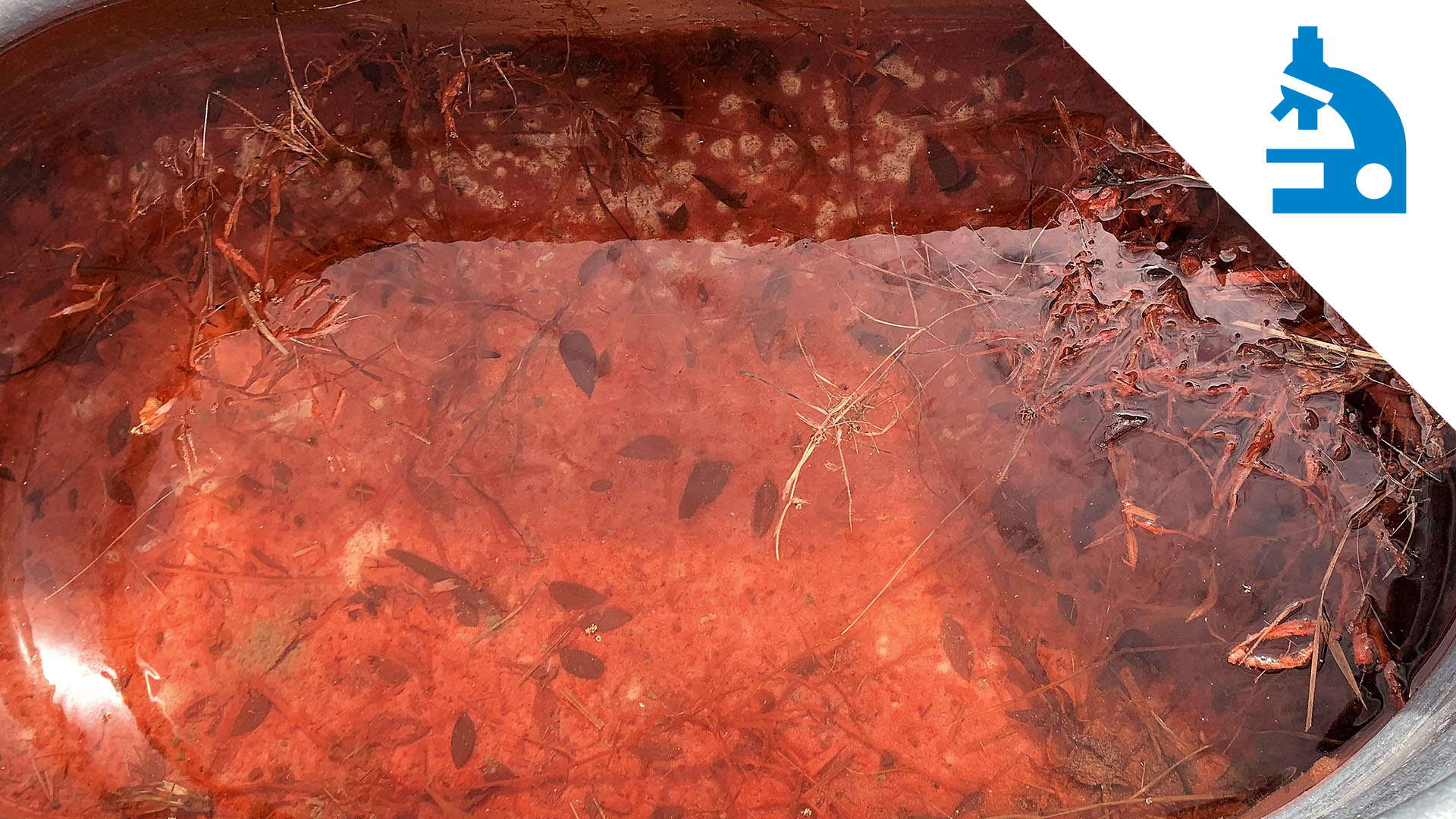Algae Corner: "What Is It?" - Chara / Muskgrass
Welcome back to the Algae Corner! On this episode, we're talking about the muskgrass called Chara. This is a very common macroalga, and it grows in many types of water bodies.
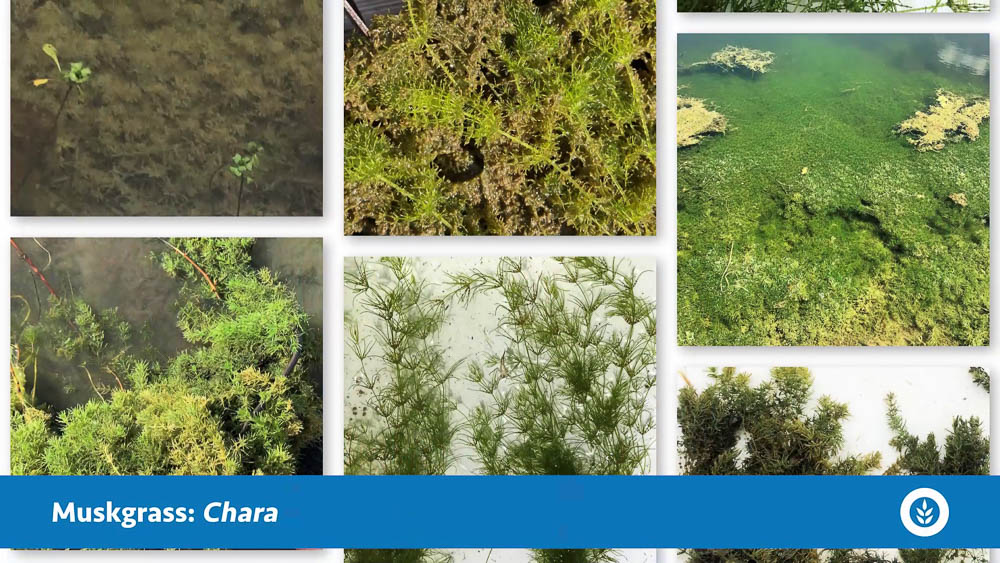
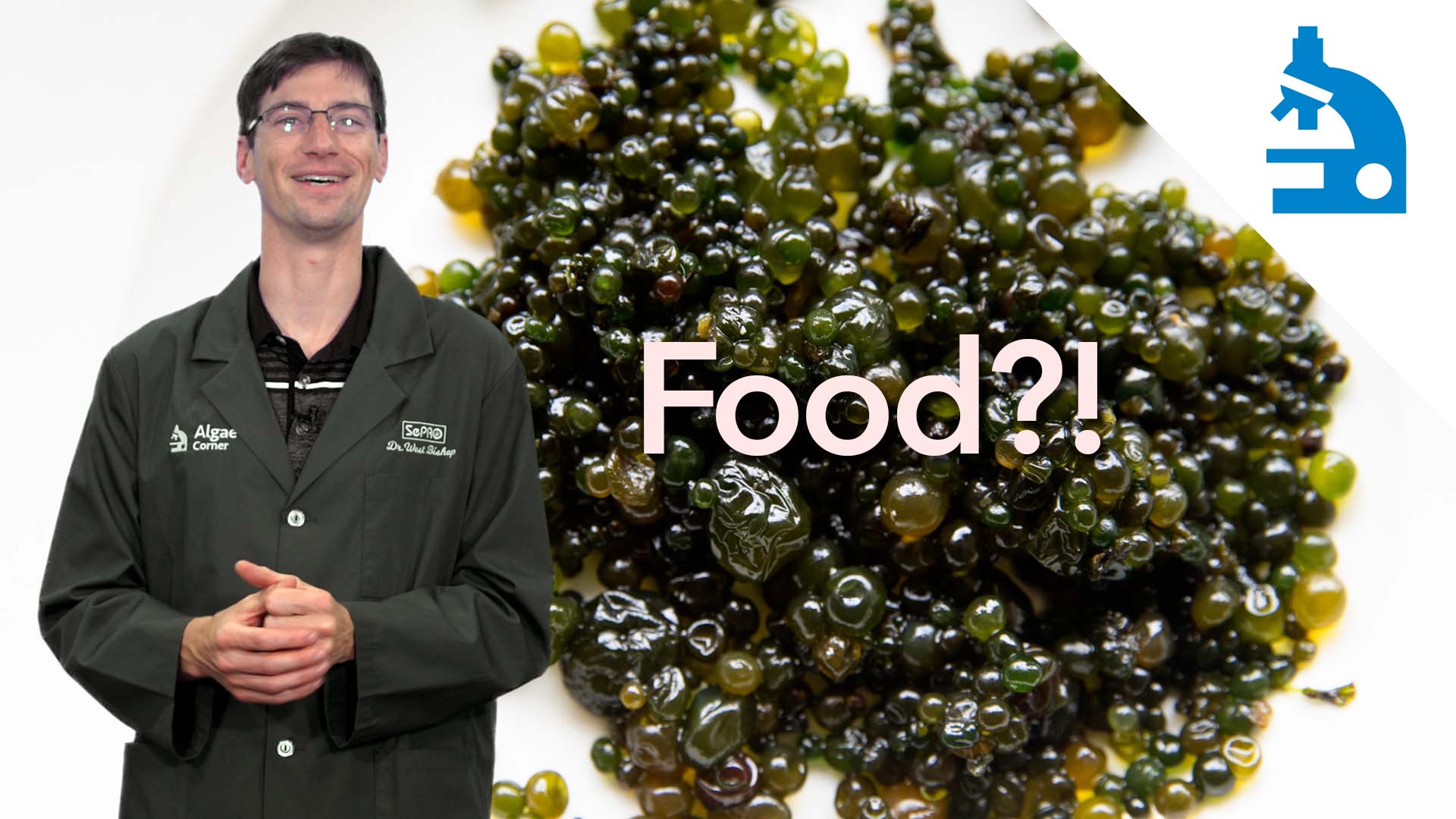
Algae Corner: "What Is It?" - Witch's Jelly / Nostoc
Want to get Algae Corner Updates? Get the latest news by subscribing to our channel:
Identify by Smell

A very diagnostic clue to identification is if you smell it. It has an odor like a skunk, while some people say it smells like garlic. Ultimately it's these sulfur-based compounds responsible for that musky odor, hence the name muskgrass.
Structure
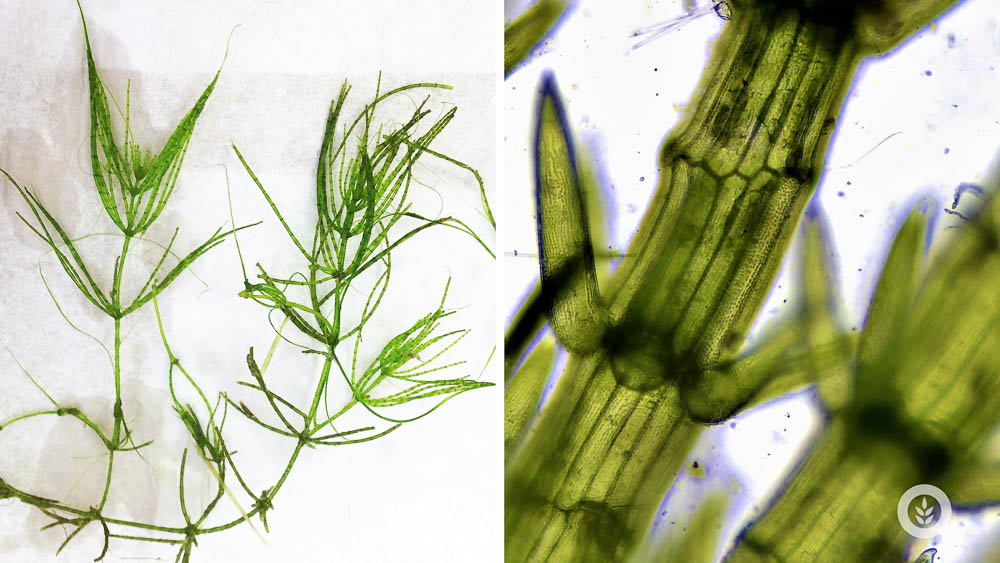
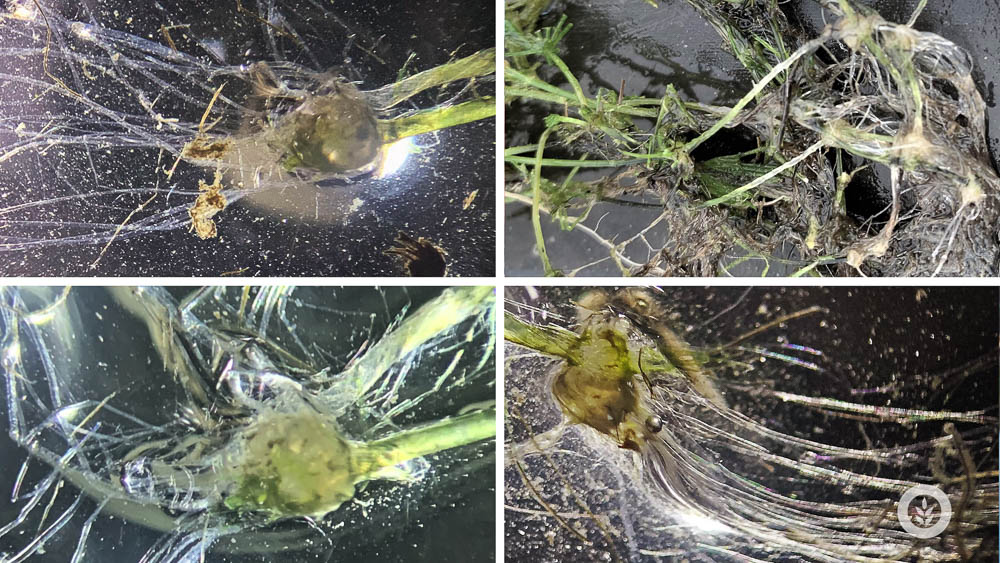
It has whirls of branches coming off the main stalk of these columnar stacked cells. It doesn't have true roots, but rather rhizoids that anchor it.
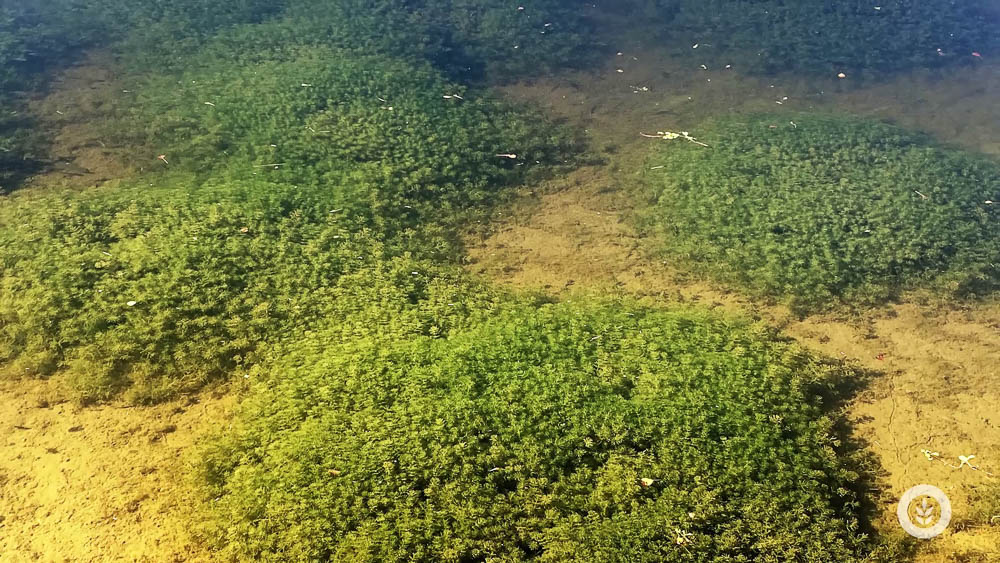
It grows erect up from the bottom, which is one of the reasons why it's commonly confused with macrophytes or true plants. Again though, it's just the rhizoids anchoring it.
Bristly Feel
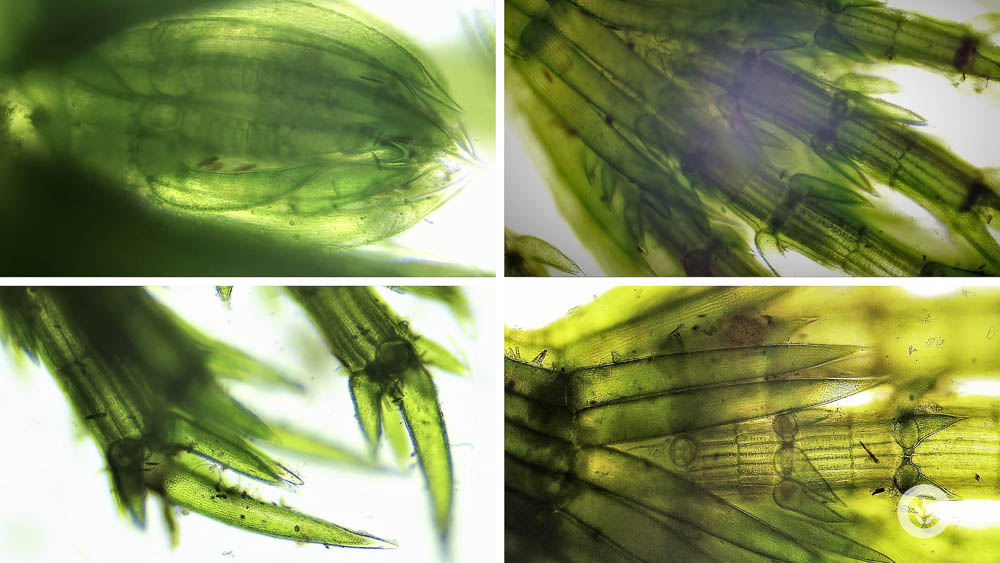
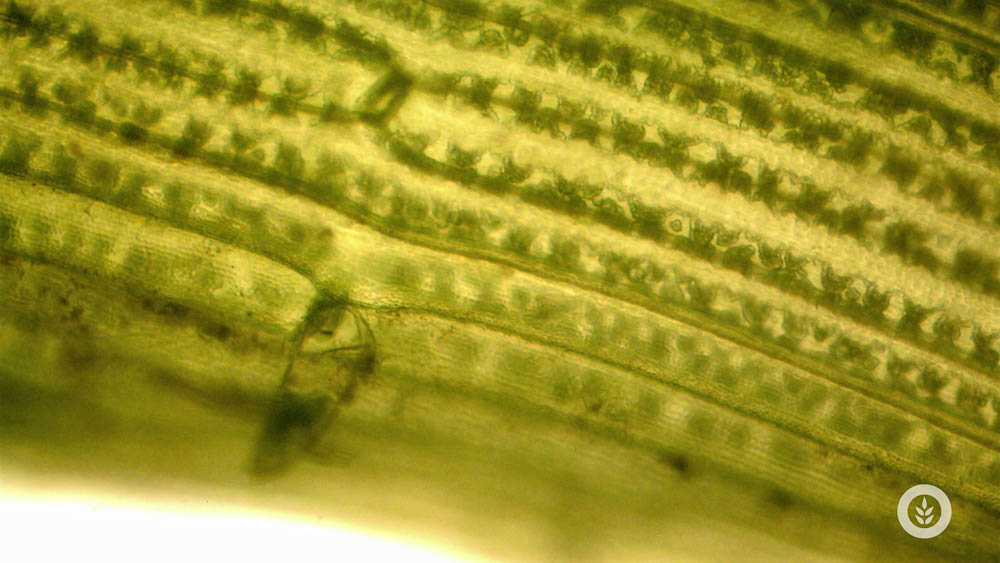
It does have a bristly and spiny feel to it, and it can have these calcium carbonate precipitates on them. This is where another nickname for Chara, stonewort, comes from.
Reproduction
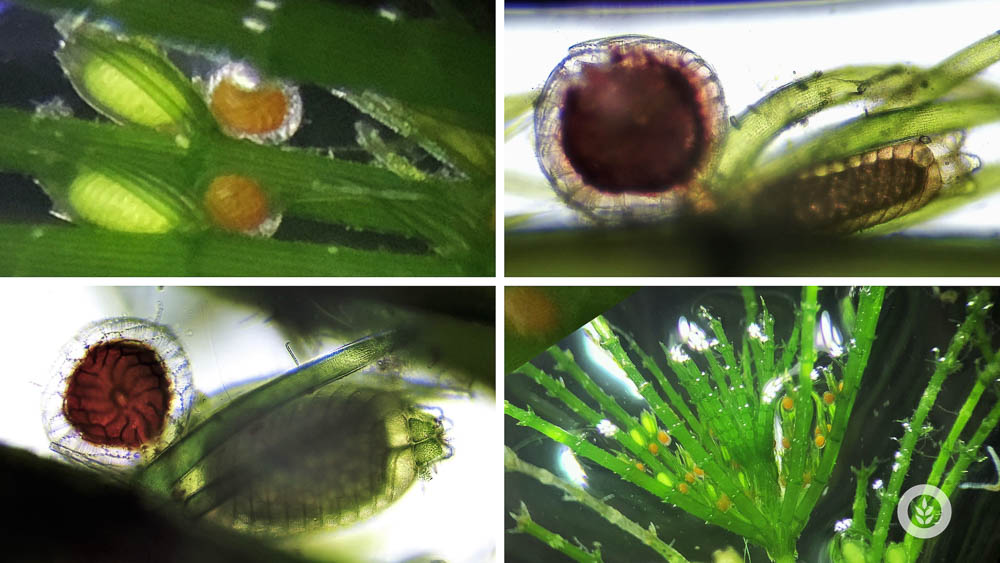
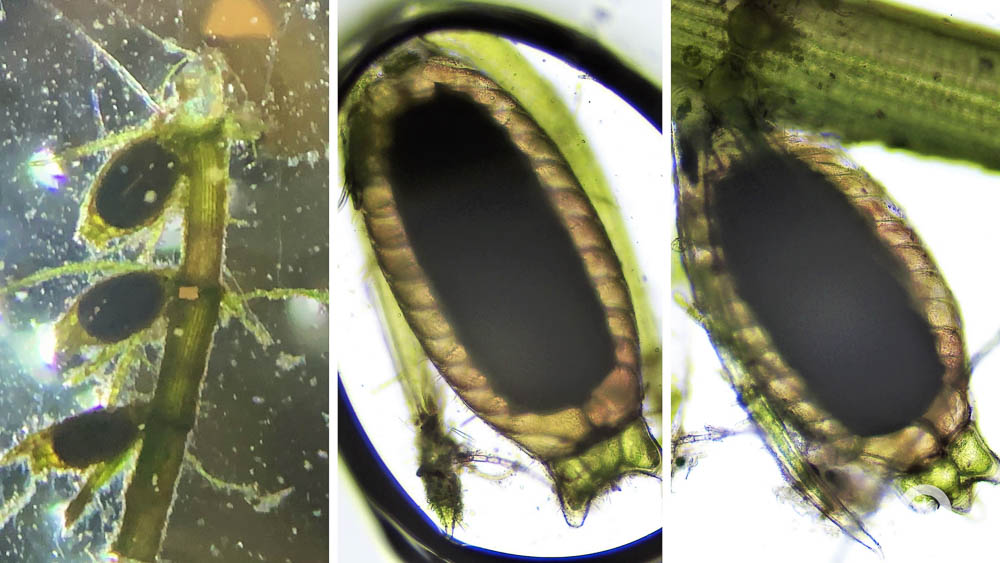
It does have prominent male and female reproductive structures which are usually together at a node of a cell. The antheridia are the males, and they're usually orange in color. The female has this big oogonia which contains the egg cell. So the male antheridia sperm cells come over, fertilize that egg cell, and form a new zygote, which is usually black and acts as that seed structure to support future growth of Chara.
Pros and Cons
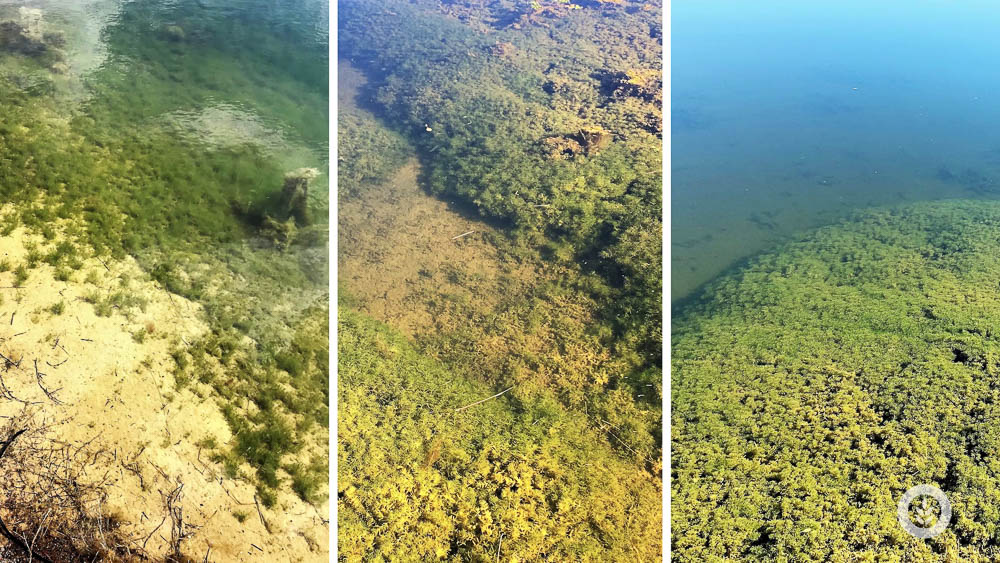
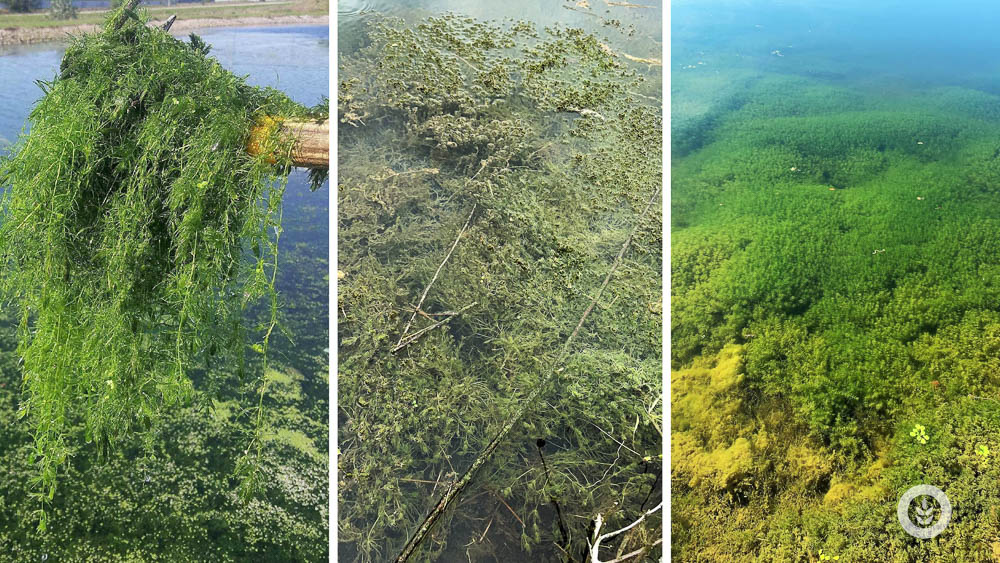
Chara can produce allelopathic compounds that have a negative impact on phytoplankton, and that actually helps the water stay more clear. But it does grow quite voraciously and can really clog things up.
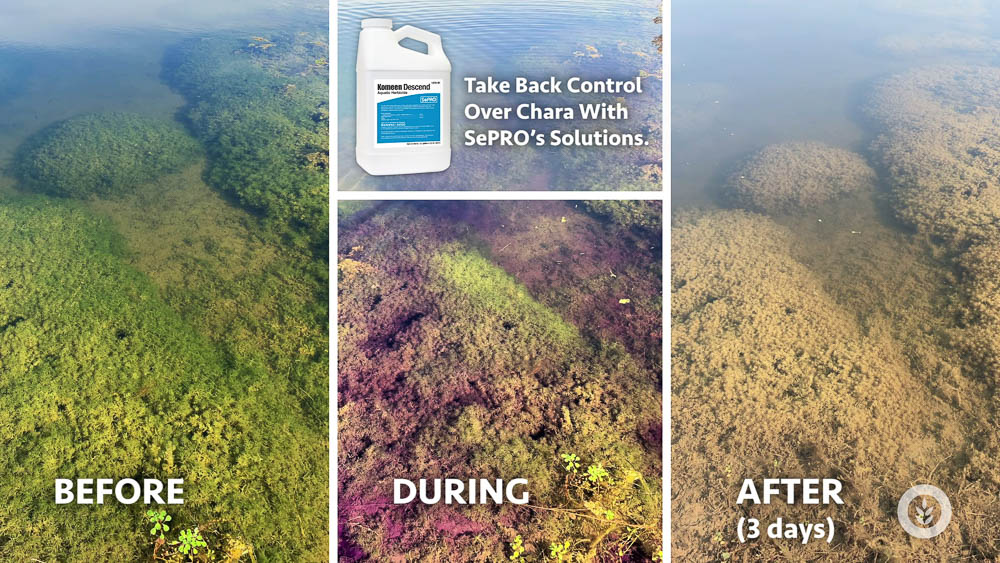
So if you need help, we have some very neat, strategic solutions we can tailor to your specific site and help you get control of Chara or muskgrass. Thank you for tuning in to this episode of "Algae Corner" with me, Dr. West Bishop!

